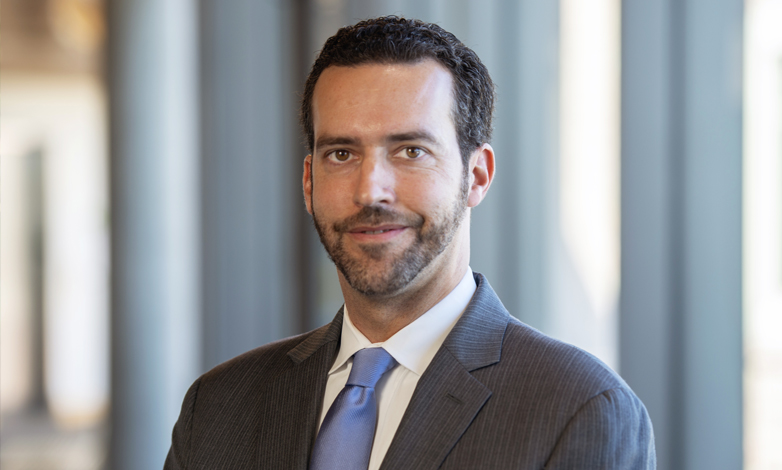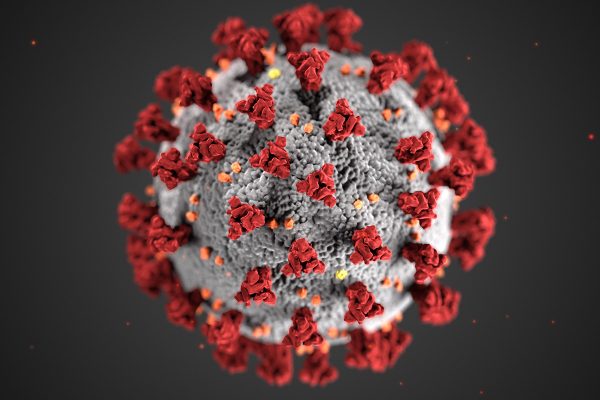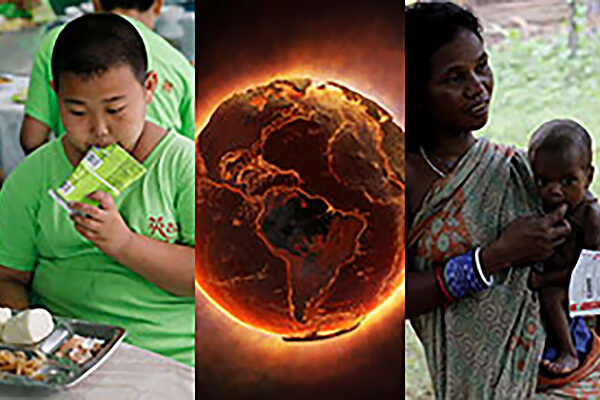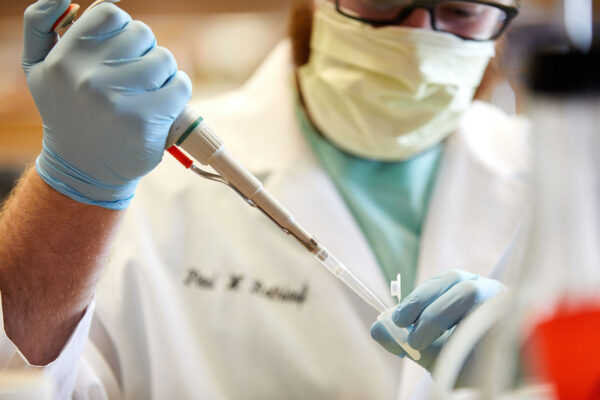New research from faculty in the Brown School at Washington University in St. Louis is providing guidance to local policymakers on how they might contain the spread of the virus that causes COVID-19 until vaccination ramps up to levels high enough to provide widespread protection.
TRACE (Testing Responses through Agent-based Computational Epidemiology) is a collaborative effort by researchers from the university and Brookings Center on Social Dynamics and Policy to produce a sophisticated, computational simulation model to inform policy responses to the pandemic. It draws on the extensive body of evidence about both the current and past epidemics.
While previous simulations produced by the model, developed by Ross Hammond, the Betty Bofinger Brown Associate Professor at the Brown School, focused on national containment efforts, new simulations concentrate on how the COVID-19 pandemic might be effectively contained in St. Louis through this summer. Hammond and his team are working with officials from the St. Louis Department of Health.

“Our close collaborative engagement with the St. Louis Department of Health demonstrates the effectiveness of the agent-based computational modeling approach as a decision-support tool to assist policymakers in developing highly customized policies, while managing the substantial uncertainty that comes with the COVID-19 pandemic,” Hammond said.
TRACE researchers conducted approximately 50,000 simulations representing more than 1,000 different combinations of containment policy options across a range of epidemiological parameters.
They produced four main findings for the St. Louis area:
- With current infection rates, existing control measures and the planned vaccination campaign are likely sufficient to contain spread.
- If new virus variants increase, additional control measures will be needed to prevent a substantial increase in new cases over the coming few months.
- Multiple robust policy options exist for increased control of COVID-19 spread, even with higher rates of new variants. The model identifies these options and tradeoffs between them.
- Effective and widespread mask usage continues to be an important means of control over the spread of COVID-19, especially if new variants become widespread.
TRACE is not a forecasting model, Hammond pointed out.
It is intended instead as a policy laboratory to assist in the design of effective containment policies in the face of uncertainty, he said.
“This new work shows how our previous national-scale framework can be adapted and tailored to provide guidance to state and local policymakers and can be extended to help manage new uncertainties, such as the potential for novel variants of SARS-Cov-2 to become widespread,” Hammond said of the virus that causes COVID-19.
“Working closely with the St. Louis Department of Health, we developed a highly realistic, fine-grained simulation framework that captures empirically specific geography and demography of the area’s 2.5 million people, along with contact patterns driven by where citizens live, work, attend school and mix socially. We also characterized local distributions of individual-level COVID-19 case properties based on the most current, high-quality empirical research and represented current control measures in place across the region.”


